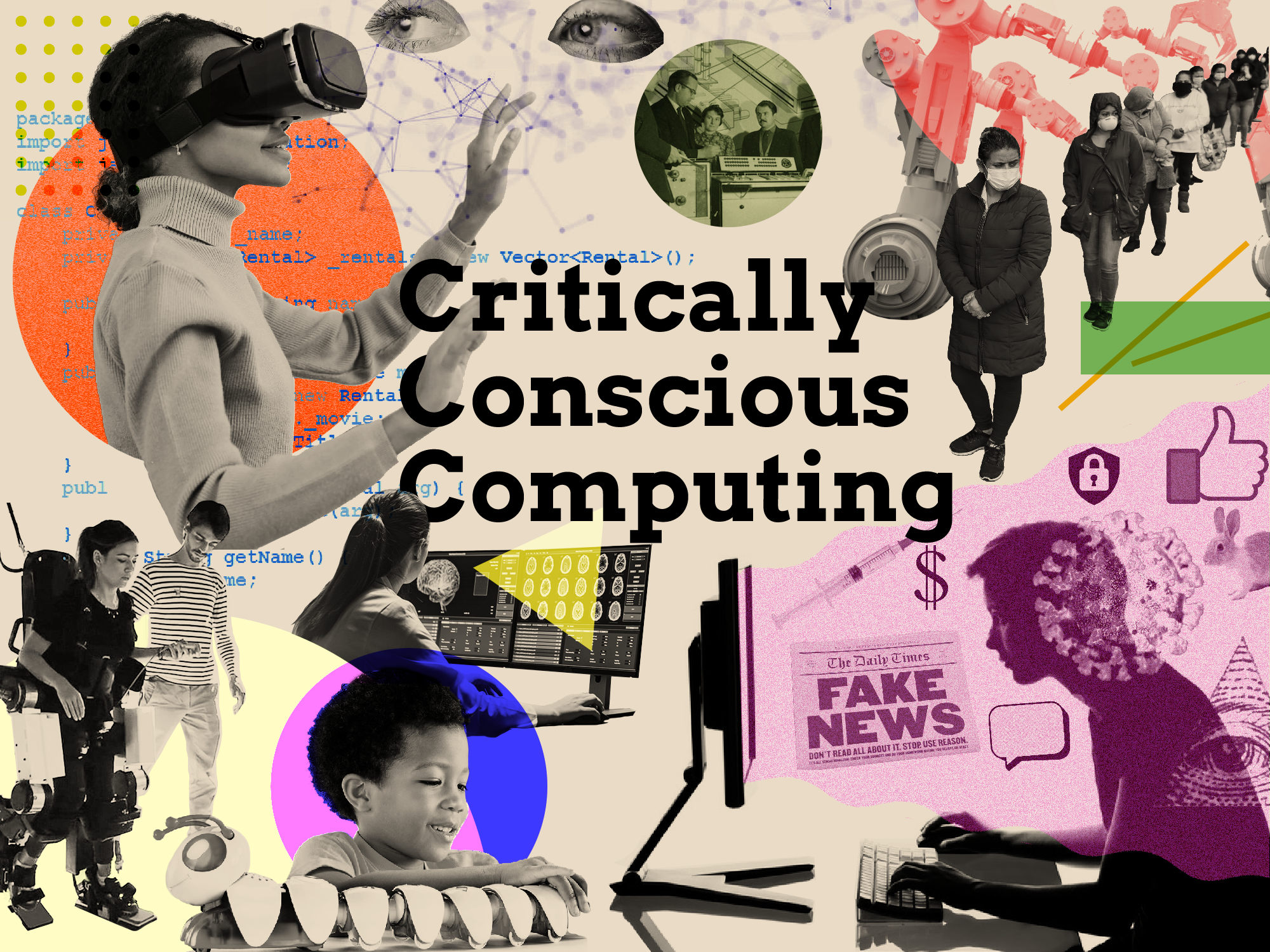
Critically Conscious Computing Methods for Secondary Education
Computer science (CS) is often taught as a utopian discipline, full of powerful abstractions that can transform lives and society for the better. However, as computing has reshaped every part of society in both highly visible and highly invisible ways, it has become clear that the foundational ideas in CS carry explicit values: ones of automation, replacement, standardization, centralization, and amplification. These values have positioned it as a discipline of power, and due to the ignorance with which it is often applied, often one of oppression. In this book, we reconsider the technical and pedagogical foundations of CS and CS education from this lens, and offer teaching methods for secondary education that foster students’ critical consciousness of computing, with the hope of fostering a more equitable, culturally sustaining, and just future of computing.
This book is a living document: 1) submit feedback on the book’s GitHub page and 2) sign up for email notifications of major revisions and new resources.
Chapters
 | Introduction
| ~25 min read |
 | Chapter 1 Critical CS Education HistoryFoundations | ~30 min read |
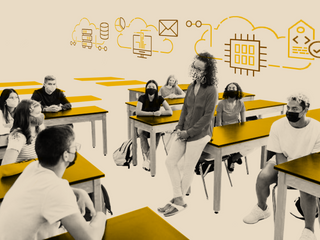 | Chapter 2 Critical CS Education PedagogyFoundations | ~40 min read |
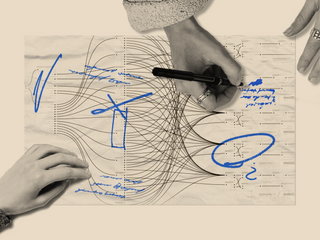 | Chapter 3 Critical CS Education AssessmentFoundations | ~50 min read |
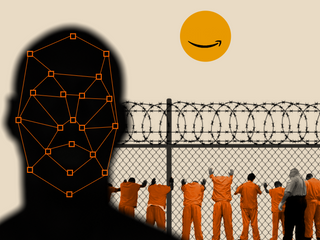 | Chapter 4 CS, Equity, and JusticeComputing | ~45 min read |
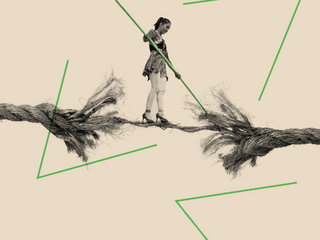 | Chapter 5 CS and DesignComputing | ~55 min read |
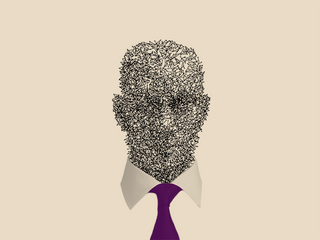 | Chapter 6 Encoding IntelligenceComputing | ~45 min read |
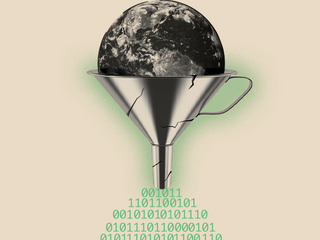 | Chapter 7 Encoding InformationComputing | ~40 min read |
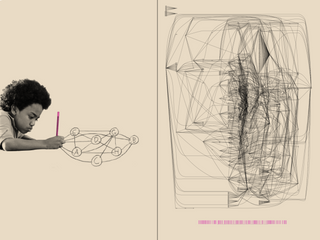 | Chapter 8 ComputersComputing | ~50 min read |
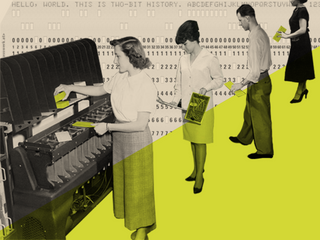 | Chapter 9 Operating SystemsComputing | ~1 hour read |
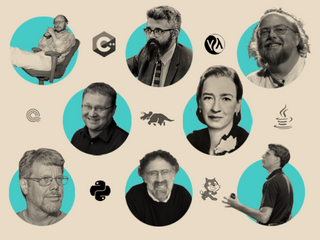 | Chapter 10 Programming LanguagesCode | ~1 hour read |
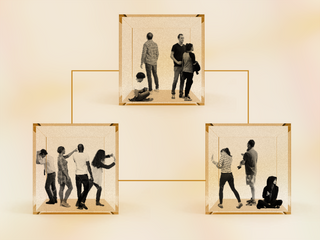 | Chapter 11 Control StructuresCode | ~1 hour read |
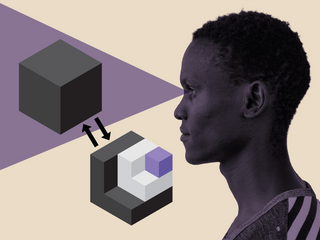 | Chapter 12 Data StructuresCode | ~1 hour read |
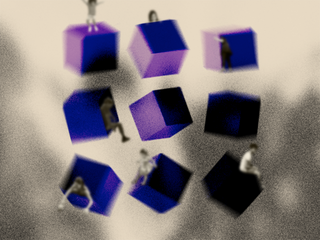 | Chapter 13 AlgorithmsCode | ~1 hour read |
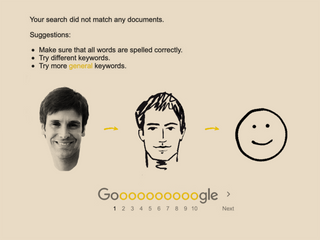 | Chapter 14 AbstractionsCode | ~1 hour read |
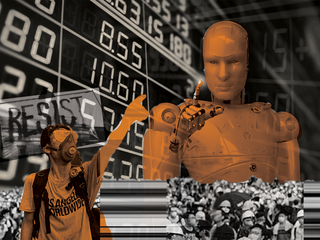 | Chapter 15 Artificial IntelligenceCode | ~1 hour read |
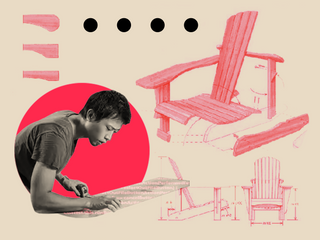 | Chapter 16 ProgrammingSkills | ~1 hour read |
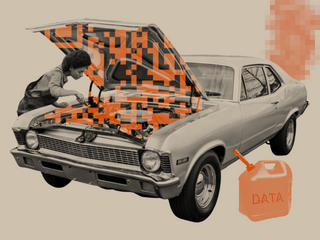 | Chapter 17 Verification and DebuggingSkills | ~1 hour read |
 | Chapter 18 ToolsSkills | ~1 hour read |
 | Chapter 19 ProjectsSkills | ~1 hour read |
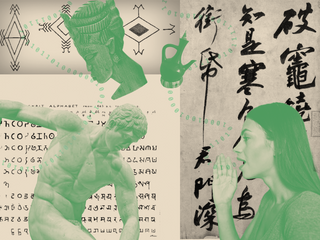 | Chapter 20 CS + Humanities + Social SciencesIntegration | ~45 min read |
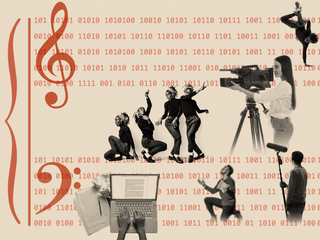 | Chapter 21 CS + ArtsIntegration | ~40 min read |
 | Chapter 22 CS + MathematicsIntegration | ~40 min read |
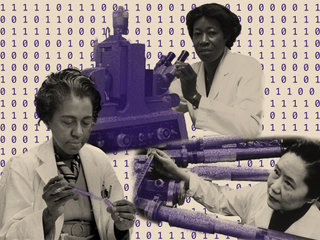 | Chapter 23 CS + ScienceIntegration | ~45 min read |
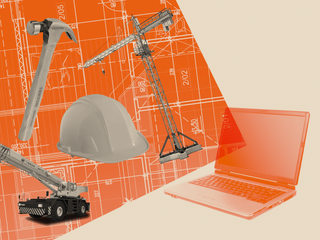 | Chapter 24 CS + EngineeringIntegration | ~40 min read |
 | Chapter 25 ConclusionConclusion | ~10 min read |
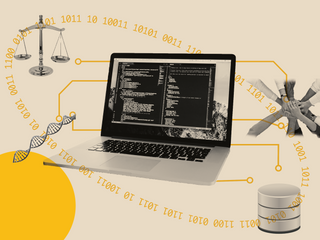 | StandardsAppendix | ~30 min read |
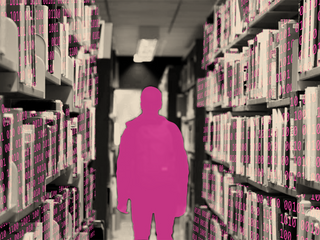 | ReferencesEverything cited | |
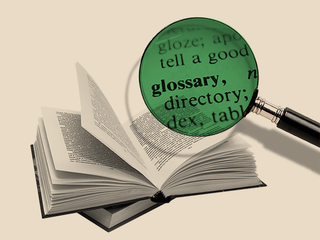 | GlossaryDefinitions | |
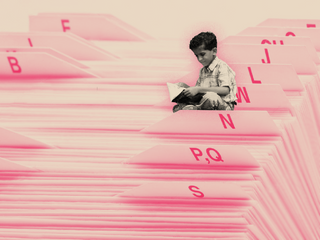 | IndexCommon words and where they are | |
 | SearchFind where words occur | |
 | MediaImages and video in the book |
Acknowledgements
Thank you to the excellent Jessie Huynh and Ashley Wang for sharing their creativity and design talents; they created all of the images for the book, as well as conceived of the book’s visual design. Our deepest thanks also to everyone who has read and shared feedback on the book, including Caroline Hardin, Alexi Brooks, Tom Ball, Dorothea Salo, Michelle Wilkerson, Brendan Henrique, Collette Roberto, Kristin Stephens-Martinez, Caleb Kamalu. We hope this list keeps growing! This material is based upon work supported by the National Science Foundation under Grants 2031265 , 2100296 , 2137312 , 2137834 , and 1539179 as well as unrestricted gifts from Google.
License
Creative Commons Attribution-NonCommercial-ShareAlike 4.0 InternationalWant to print this book or generate a PDF? See all chapters on a single page and then print or export. Long books can take some time to render.
Citation
Amy J. Ko, Anne Beitlers, Brett Wortzman, Matt Davidson, Alannah Oleson, Mara Kirdani-Ryan, Stefania Druga, Jayne Everson (2025). Critically Conscious Computing: Methods for Secondary Education. …, retrieved 5/29/2025.